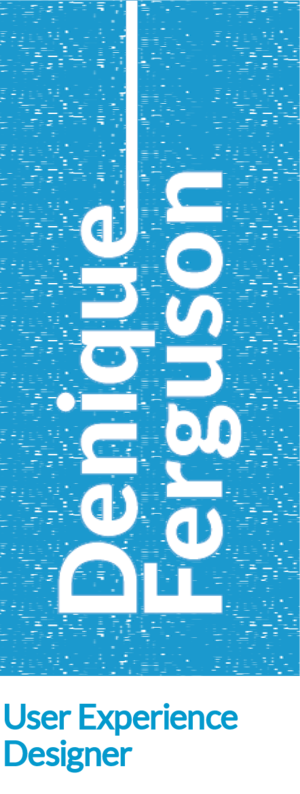Basecamp Redesign
Think Brownstone’s main online collaboration tool, Basecamp, provides their clients with updates of day-to-day project activities, but little sense of how these impact the project as a whole. We proposed a modified overview (or digest) email and additional supporting functionality that allow clients to see/access the current status of the project and any critical to-dos they need to respond to.
Challenge
Think Brownstone wanted a replacement for their go-to online collaboration tool Basecamp. Although they didn’t necessary disagree with Basecamp’s “less is more” design, they wanted something that was tailored to their needs. They felt Basecamp was limiting in the following ways:
- Simplistic organizational structure
- Over-reliance on lists and search
- Little project planning functionality
- Little file version control
- Provides little sense of the trajectory of a project as whole
This design challenge was issued as an assignment for the Rapid Design for Slow Change course. We had 5 days to design and submit our solution.
Outcome
Awarded Second Place
Think Brownstone thought our design was clever, albeit risky. They ultimately felt that ours was “surprise solution” that was well supported by our research and rationale, and easily implementable.
Process Summary
We interviewed two Basecamp users: one used Basecamp as a client communicating with an agency, and the other used it to manage internal team projects. Combined with our own cognitive walk-through and research into Think Brownstone’s process, values, and team composition, we realized that close communication with clients was key for Think Brownstone. On the other hand, people who had used Basecamp as clients disliked the experience for a number of reasons, one of the major ones being that logging into Basecamp was not a part of their accustomed workflow. So we decided to focus on the client-side experience, and what the client was likely to want out of Basecamp, while trying to retain much of Basecamp’s simplicity.
We brainstormed, sketched, reviewed exemplars and worked out the additional functionality that would be required to implement our proposal. Our final deliverable consisted of an annotated mock-up and wireframes.
Tools
Adobe Illustrator
Google Slides
My Contribution
Literature Research
Ideation
Critique
Wireframing
Deck Preparation
